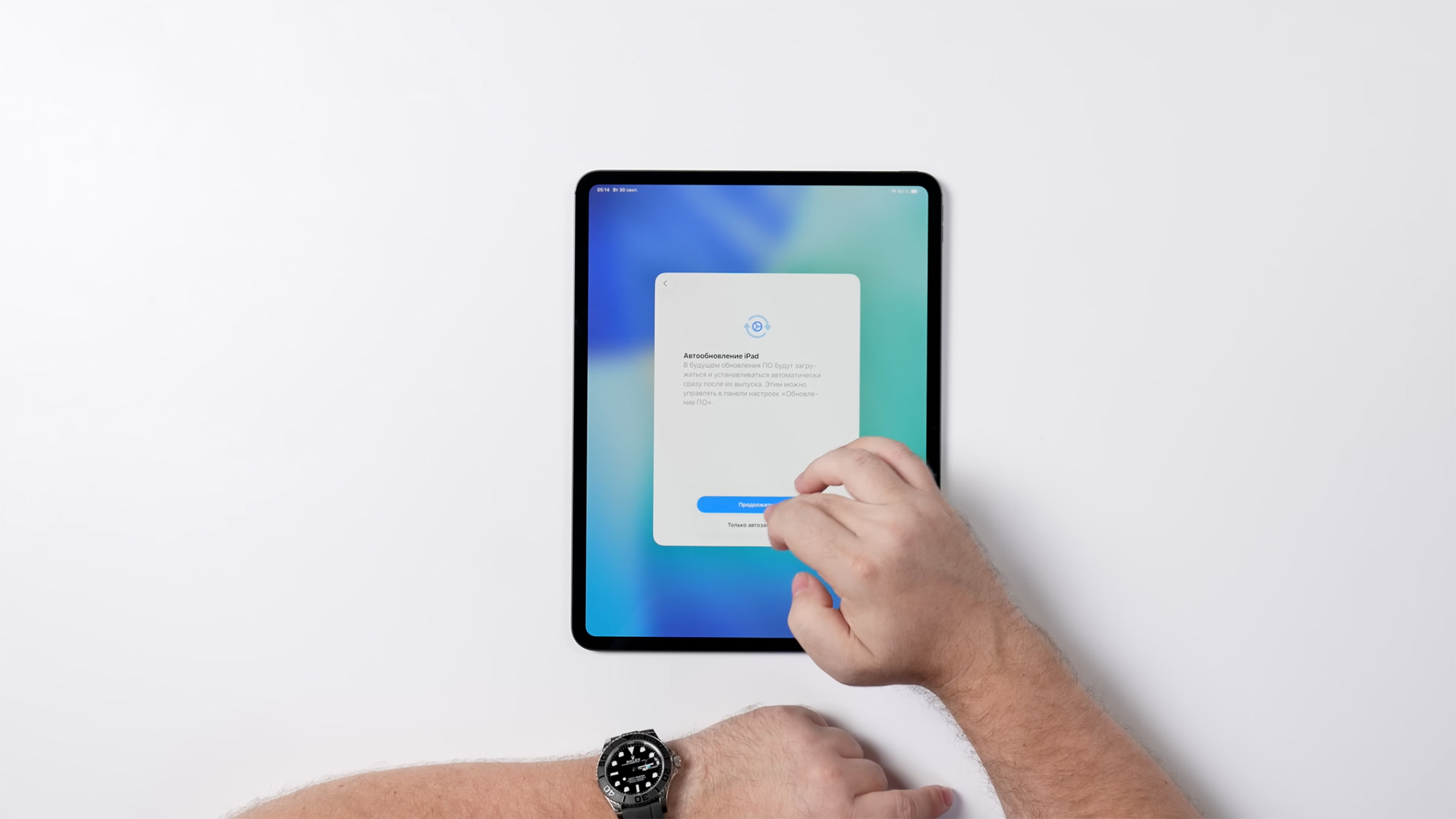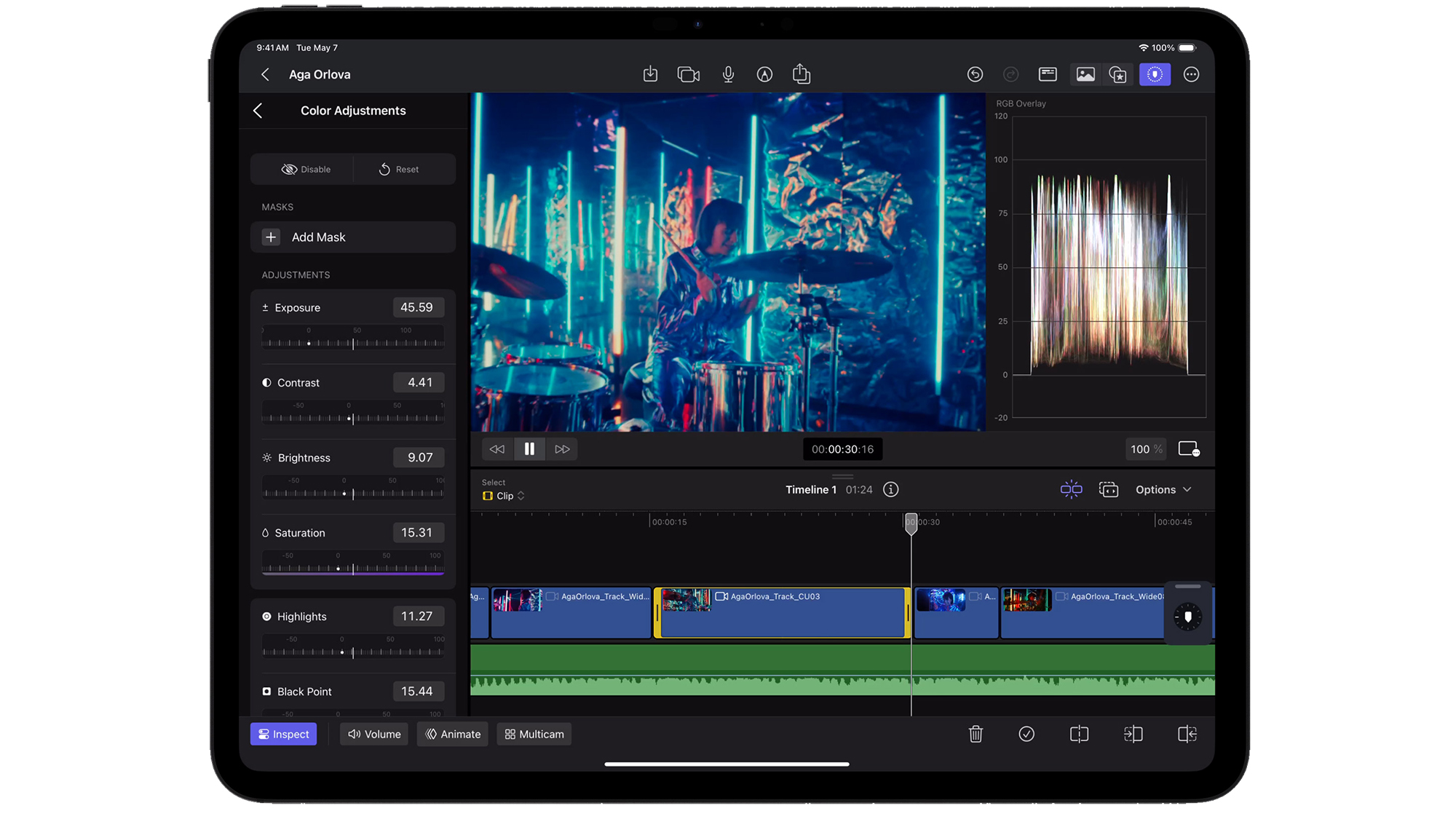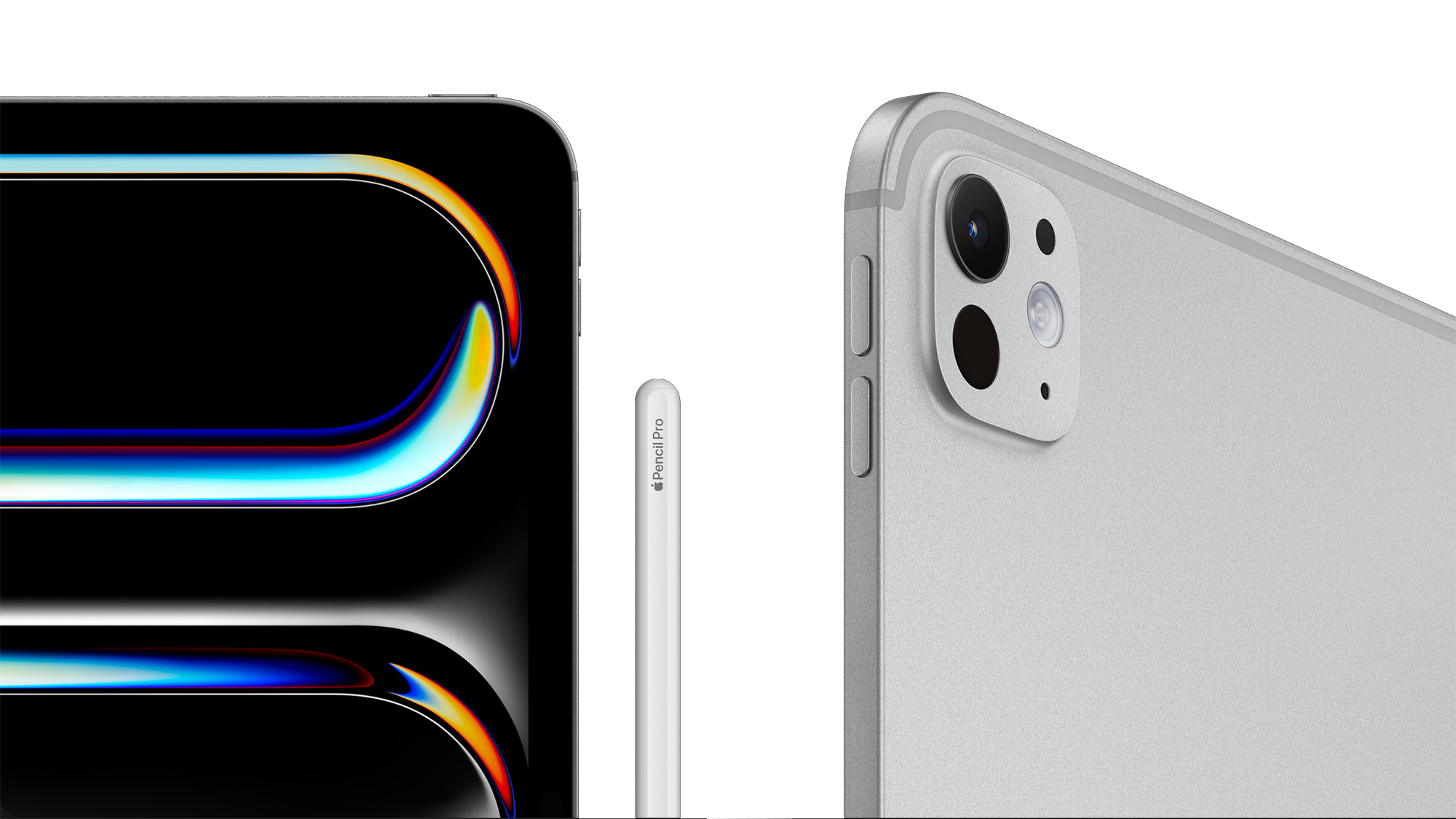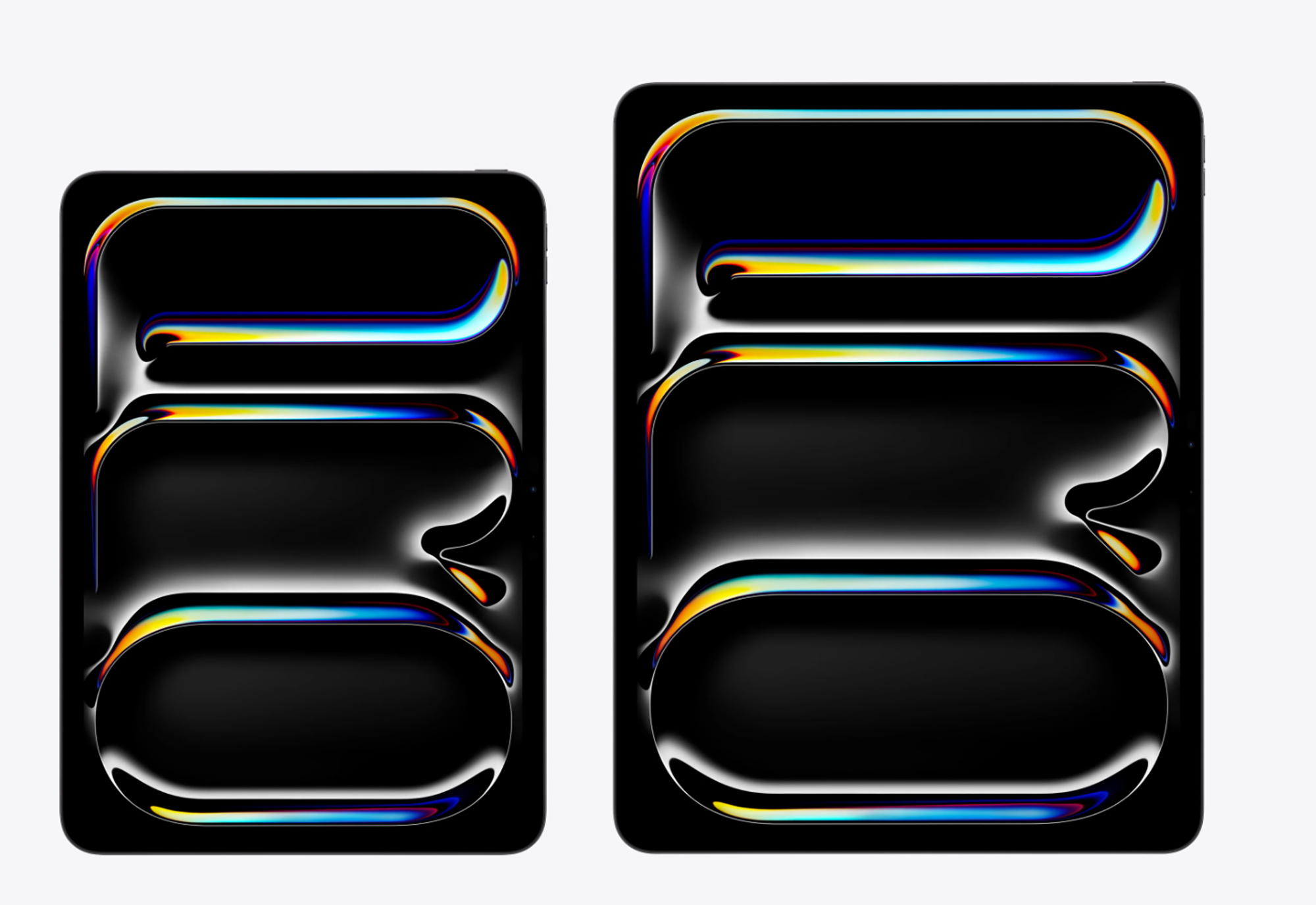The M5 iPad Pro is coming – but are iPad Pros actually any good for creatives, or does its nerfed software make it redundant?
Creatives are spoilt for choice with tech, so what will this iPad Pro bring to the party?

It's likely that Apple is going to release the iPad Pro with an M5 chip before the year is done. Not only has a Russian YouTuber apparently got his hands on a boxed model, but the not-so mysteriously titled 'iPad17, 3' recently cropped up on a Geekbench scorecard, showing some next-level specs.
And all this got me thinking: Who the hell needs an iPad with a lightening fast M5 chip in it?! What creatives will benefit from it, if at all?
I'm no kill joy – I love when tech gets faster, slimmer and more powerful just for the sake of it. But at Creative Bloq part of my primary job is to suggest the best tech for creatives, so I need to know what tech is actually good for them. This proposed iPad Pro seems like gross overkill for many creatives, and good at doing only a limited amount of work for others. Sure, I think the current M4 iPad Pro is the best iPad for drawing, in general, but the M3 Air is the best iPad for using Procreate. And the picture becomes even muddier when looking at video editing and 3D modelling... Let's break it down.
iPad Pro for video editing: Cons
The iPad Pro's hardware has been getting better and better since the dawn of the M chip, but in comparison, its software is famously crap.
And even though Apple has made up ground recently, neither the $1,000 11-inch nor the $1,299 13-inch iPad Pros can run full, unabridged video editing apps like Final Cut Pro and DaVinci Resolve, which PCs and laptops can.
It's not just that you're getting a mini version of these apps on your tablet, either. Final Cut Pro for iPad is subscription based, unlike the one-off purchase for the desktop version. Thinking about using the iPad Pro in conjunction with your PC? Well, only if you start on the iPad Pro and take it to your Mac. It doesn't work the other way around.
There are also limited plug ins available for iPad Pro users, so you just won't be able to use your favourite third party colour grading plug in with your Pro Apple tablet.
Daily design news, reviews, how-tos and more, as picked by the editors.
Another limitation was hinted at with the recent Geekbench stats. Although the (presumed) M5 iPad Pro scored incredibly high with single-thread performance (on single tasks that use one core, such as page loading, and reducing input lag with Apple Pencil) it scored average when it came to multi-thread performance. That's what you need when you want to run a large task over several cores; tasks like rendering and exporting a 4K video file. A bit of a problem for video editors, then!
Perhaps the biggest con for using an iPad Pro for video editing is that you'll only get 16GB of RAM when you buy the really expensive 1TB or 2TB models. For the 11-inch, 1TB model, it's $1,599. For the 13-inch, 1TB model, that'll be $1,899! Why not just get our top pick of the best PC for video editing instead – the Apple Mac Studio (M4 Max) with 36GB RAM.

iPad Pro for video editing: Pros
Non-traditional video editors, content creators and YouTubers love the iPad Pro, and care not a jot of the limitations that traditional video editors ring their hands at. That's because the iPad Pro is great at rapid turnaround video content, and it's incredibly portable too.
The recent OLED screens of the Pros have taken the already stunning Mini-LED screen and provided even better contrast and accurate colours, ideal for checking HDR footage on the move.
There are also things that the iPad Pro can do that a PC cannot – work with the Apple Pencil. You can achieve Pencil-precise frame-by-frame scrubbing and cutting on a video timeline, for example.
iPad Pro for 3D: Pros & cons

iPad Pros for 3D artists is a little more cut and dry. Due to the massive performance demand that final stage asset assembly, animation and rendering requires in a 3D workflow, an iPad Pro just won't cut the mustard. The iPadOS file management is pretty shitty, too, and can’t handle working with big external libraries of textures and assets that 3D artists use. The iPad Pro will slow down and you will be sad.
However, for the initial stages of sculpting, modelling and 3D sketching, using apps such as Nomad Sculpt, the iPad Pro can make the most of the low latency of the Apple Pencil to provide a fun and intuitive creative experience – certainly nothing that you'd get using a mouse and keyboard.
The iPad Pro, with its built-in LiDAR scanner is also good for scanning what's around you and generating fast 3D meshes to work from, for textures or reference. Whether that's all worth the base price of $999, is another matter.

Digital art: Pros and Cons
The iPad Pro is probably best suited for digital artists, especially with dedicated art apps like Procreate.
Artists that we've worked with at Creative Bloq love working with the precise Apple Pencil 2 and Pro, with their minimal delay between moving the Pencil and the mark it makes. You also get both pressure and tilt sensitivity, making how hard you press and at what angle all make a difference. That's before you get to extras like haptic feedback and Pencil shortcuts.
And you get to draw on one of the most beautiful screens on any tablet available. The loftily named Ultra Retina XDR display delivers excellent brightness, contrast, and a huge colour range, plus a fluid 120Hz refresh rate.
Of course, drawing on a far more modestly-priced iPad Air ($599/$799) is also fantastic – just a little less contrast; a little less smoother experience; a bit more glare on its standard glass finish.
Ultimately, the iPad Pro can fit into several creative workflows, and no doubt if you're a successful video editor, 3D or digital artist, getting one might make sense. What it doesn't offer is a complete workflow solution, and there are many expensive strings attached to getting the correct Pro model for your needs.

Beren has worked on creative titles at Future Publishing for over 13 years. Cutting his teeth as Staff Writer on the digital art magazine ImagineFX, he moved on to edit several creative titles, and is currently the Ecommerce Editor on the most effective creative website in the world. When he's not testing and reviewing the best ergonomic office chairs, phones, laptops, TVs, monitors and various types of storage, he can be found finding and comparing the best deals on the tech that creatives value the most.
You must confirm your public display name before commenting
Please logout and then login again, you will then be prompted to enter your display name.
